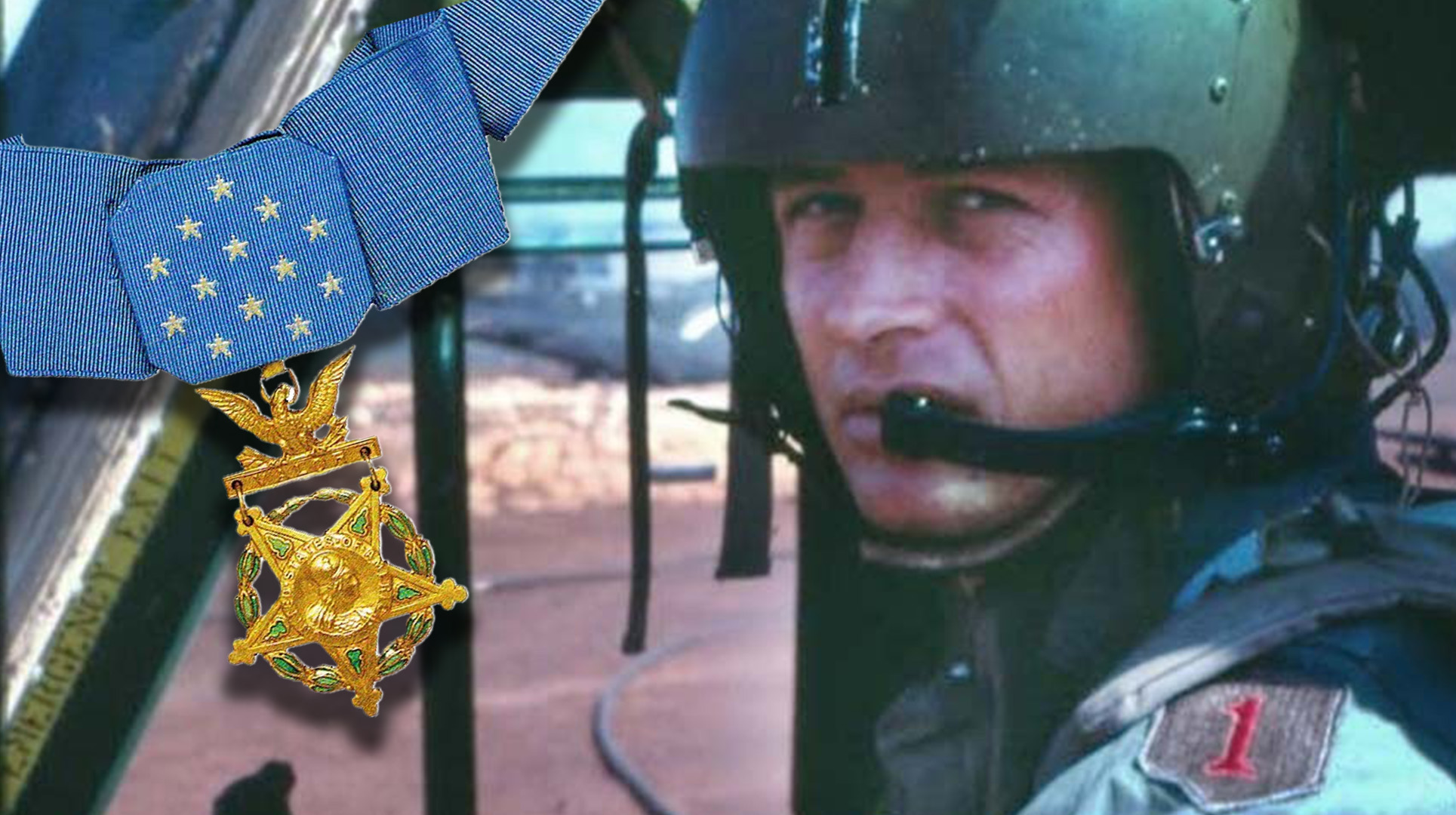

When President Joe Biden called retired Army Capt. Larry L. Taylor recently to tell him he’d been awarded the nation’s highest award for valor in combat, Taylor replied, “I thought you had to do something to receive the Medal of Honor.”
The response was a typically humble one from the Tennessee native who has told interviewers for decades that a daring rescue he’d led in 1968 was “just doing my job.”
The award, which Biden awarded to Taylor Monday at the White House, was the final recognition for a long-ago battle, when Taylor, an AH-1 Cobra attack helicopter pilot, personally rescued a four-man Long-Range Reconnaissance Patrol, or LRRP. The team was ambushed almost 80 miles behind enemy lines on the night of June 18, 1968. Taylor was the flight leader of two Army AH-1 Cobra gunships that sped to their aid near the Vietnamese village of Ap Go Cong.
As they arrived overhead, Biden said in the ceremony, Taylor heard a radio call: “We’re surrounded.”
Over the next 45 minutes, as the team marked their spot with flares in the darkness, Taylor led the two gunships on strafing runs, emptying both helicopters of their mini-gun ammunition and air-to-ground rockets.
Each time they did, thick fire erupted from the ground, hitting the Cobra multiple times.
He also directed supporting artillery, relaying fire corrections and ordering up illumination rounds over the enemy’s heads, which caused fires as they hit the ground.
Taylor believed his Cobras only had to hold off the enemy until the arrival of a rescue helicopter — until word came that that attempt was cancelled.
With nearly no ammo left to shoot, and with dozens of enemy soldiers closing in on the four Americans, Taylor ordered his wingman to attack a nearby treeline and then return to base
He then radioed a desperate plan down to the soldiers below.
Create a diversion, Taylor told them team. Then run 100 yards to a nearby open field and lay down when you get there.
As they sprinted into the open, Taylor dove his helicopter, flashing his lights to draw enemy fire away from the exposed soldiers as he strafed the same treeline.
The plan was something never tried in combat before. Although his gunship was built as a flying gun platform, with just two seats for Taylor and his gunner, Taylor was going to pick them up.
As Taylor set down in the field and rounds snapped past them, the four men scrambled onto the Cobra’s skids, clinging to rocket pods and anything else they could grab.
Taylor took off and flew several miles, well clear of the fight, before setting down, where the team could wait for evacuation. The soldiers were David Hill of Visalia, Ca., Robert Elsner of New York City,. Gerald Patty of Maryville, Tn. and William P. Cohn of Norwich, Ct.
By the end of the war, flying for the 1st Squadron, 4th U.S. Cavalry, 1st Infantry Division, Taylor had flown over 2,000 combat missions, been engaged by enemy fire 340 times and was forced down five times, according to the Chattanoogan.com. He earned 44 Air Medals, the Vietnamese Cross of Gallantry, two Bronze Stars, and four Distinguished Flying Crosses.
The Medal of Honor for the 1968 rescue is an upgrade of a Silver Star awarded at the time.
The latest on Task & Purpose
- Marine officer’s proposes fix for Gen Z recruiting crisis in new book
- 3 Marines killed, 20 survivors in Australia Osprey crash. [Audio] [Updated]
- US Special Operations Command, CENTCOM, MacDill evacuate for Idalia
- World War II OSS veteran, 100, earns Special Forces tab
- Soldier assigned to 3rd Special Forces Group charged with murder
